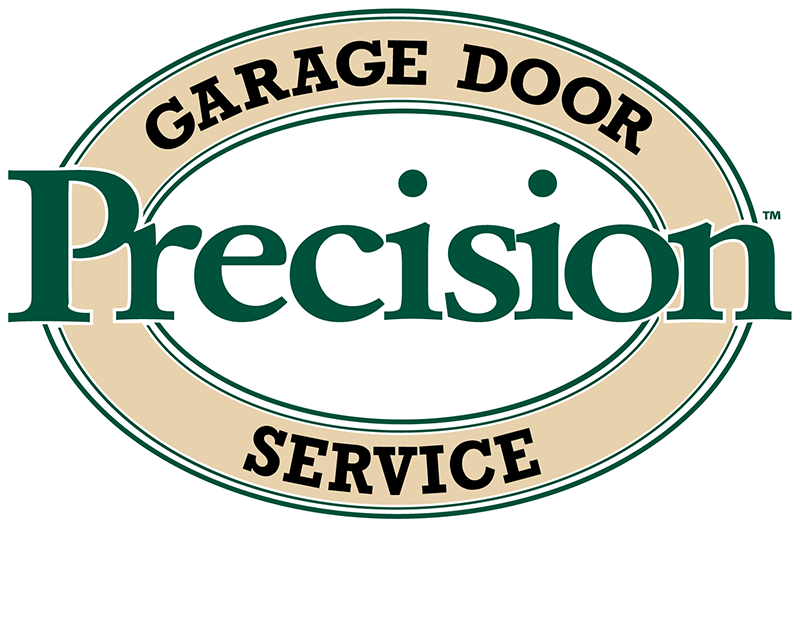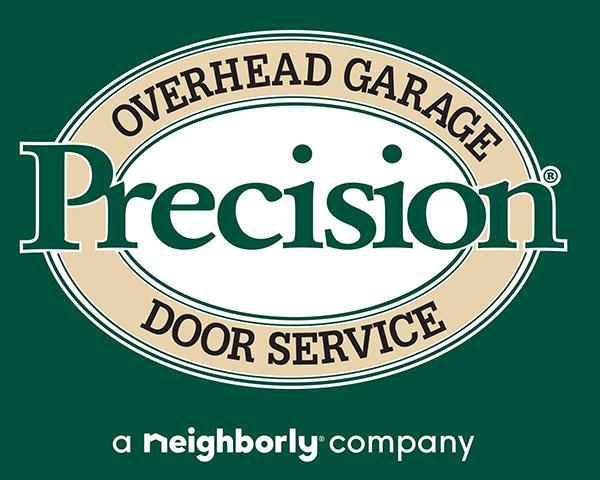
Orange County Garage Door Repair: How to Sandbag Your Door
When it comes to protecting your home from potential flood damage, taking proactive measures is crucial. While many homeowners focus on securing their living spaces, one area that often gets overlooked is the garage. However, garages are vulnerable to flooding as well, especially if they are located in flood-prone areas or have low-lying entry points. Keep reading to understand the concept of sandbagging your garage door and why it is an effective strategy for safeguarding your property during times of heavy rainfall or flooding. Discover the benefits, step-by-step instructions, and important considerations to help you make informed decisions to protect your garage and avoid costly Orange County garage door repair projects.
What Are the Benefits of Sandbagging Your Garage Door?
One of the primary benefits of sandbagging your garage door is its ability to prevent water infiltration during flooding events. By placing sandbags along the bottom of the door, you create a barrier that helps redirect or block water from entering the garage. This is particularly important if your home is located in a flood-prone area or experiences heavy rainfall. Minimizing water intrusion can prevent costly water damage to your belongings and avoid the hassle of dealing with the aftermath of a flooded garage.
Sandbagging also improves the wind resistance of your garage door, which is crucial in areas prone to hurricanes, tornadoes, or strong gusts. By strategically placing sandbags on either side of the door, you add weight and stability, making it less susceptible to being blown in by powerful winds. This added reinforcement can help prevent structural damage to your garage and save you from regular Orange County garage door repair.
Compared to other methods of reinforcing your garage door, sandbagging is a cost-effective solution. Sandbags are relatively inexpensive and can be easily obtained from hardware stores, making it a budget-friendly option for homeowners. Additionally, sandbags are reusable, meaning you can store them away for future use or repurpose them in other areas of your property. This affordability makes sandbagging an accessible choice for homeowners looking to fortify their garage doors without breaking the bank. Lastly, unlike more complex home improvement projects, sandbagging requires minimal tools and expertise. All you need are sandbags, sand, and some time to set them up.
Sandbagging Tips to Avoid Costly Orange County Garage Door Repair
Before you begin sandbagging your garage door, gather all the necessary materials. You will need heavy-duty sandbags, which can be obtained from local hardware stores or online suppliers. Additionally, ensure you have enough sand to fill the bags. A shovel or scoop will come in handy for filling the sandbags. Also, consider having a tarp or plastic sheeting available to protect the sandbags from getting wet. Before placing sandbags, carefully examine your garage door to identify potential entry points for water. Look for gaps, cracks, or other areas where water could seep through. If you notice any vulnerabilities, consider sealing them with waterproof caulking or weatherstripping. This will provide an extra layer of protection and prevent water from finding its way inside.
Once you have done that, position the sandbags at the base of your garage door. Start from one side and work your way across, creating a barrier that spans the entire width of the door. Place the bags tightly against one another to minimize gaps. For added stability, consider stacking the sandbags in multiple layers, ensuring they are stable and securely in place. To secure the sandbags in place, use twine or strong adhesive tape. Wrap the twine around the sandbags, tying it tightly to keep them from shifting or collapsing under pressure. Alternatively, use adhesive tape to fasten the sandbags to the garage door itself. This will help maintain the integrity of the barrier, even if floodwaters exert significant force.
Last but not least, depending on the severity of the flood threat, you may need to extend the sandbag barrier beyond the garage door. Evaluate the terrain and determine the direction from which water is likely to approach. Position additional sandbags accordingly, creating a continuous wall around the perimeter of your garage. This will further minimize the risk of water infiltration and potential damage that can lead to expensive Orange County garage door repair plans.
Mistakes to Avoid When Sandbagging Your Garage Door
One of the most common mistakes is using the wrong type of sand for your sandbags. It’s important to use sand specifically designed for flood control, which is coarse and has a larger grain size. Avoid using sandbox or play sand, as it is too fine and won’t provide the necessary weight to hold back water effectively. Look for bags of sand labeled “flood control” or “construction sand” at your local hardware store. Another mistake is not using enough sandbags to create a sufficient barrier. The number of sandbags required will depend on the size of your garage door and the anticipated water level. It’s recommended to stack the sandbags at least two feet high, ensuring that they cover the entire width of the door. Don’t underestimate the amount of water that can accumulate during a flood, and be sure to have an adequate supply of sandbags on hand.
Proper placement of sandbags is crucial for their effectiveness. One common mistake is placing the sandbags directly against the garage door. Instead, position them about a foot away from the door to allow for proper stacking and to prevent water from seeping through the gaps. Make sure the sandbags are tightly packed and form a solid barrier, with each bag overlapping the one below it.
Failing to secure the sandbags in place is another mistake that can render them ineffective. Use plastic sheeting or a tarp to cover the sandbags and secure it tightly with ropes or bungee cords. This will help prevent water from seeping between the sandbags and add an extra layer of protection. Additionally, if possible, consider using sandbag alternatives such as flood barriers or water-filled barriers, which are easier to install and provide better protection. If you are unsure of what to do, it is advisable to consult Huntington Beach garage door repair professionals to help you out.
Lastly, procrastination can be disastrous when it comes to preparing for floods. Waiting until the last minute to sandbag your garage door can lead to panic and mistakes. Keep an eye on weather forecasts and be proactive in your preparations. If heavy rainfall is predicted or if you live in a flood-prone area, start sandbagging well in advance to ensure you have enough time to properly set up the barrier.










